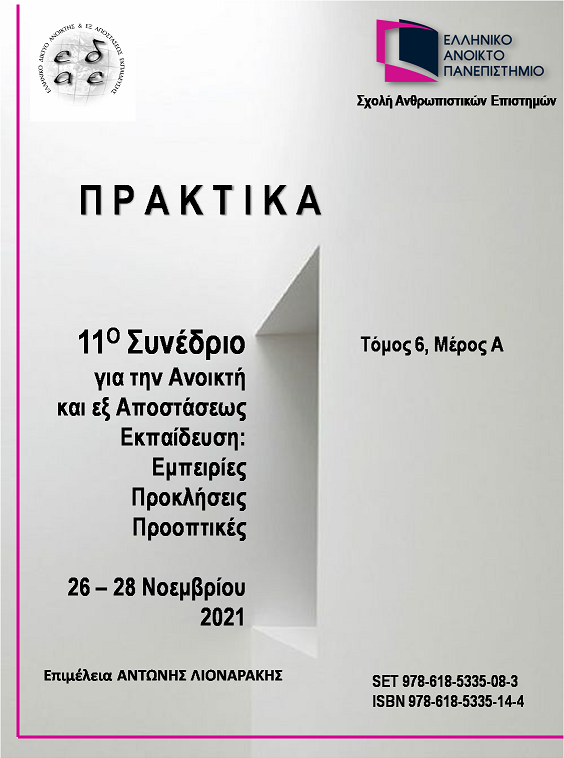Το Διδακτικό Μοντέλο Kirkpatrick στη διαδικτυακή μάθηση

Περίληψη
Η παρούσα εργασία έχει ως θέμα τη μελέτη του μοντέλου Kirkpatrick σε διαδικτυακά περιβάλλοντα μάθησης. Ειδικότερα, είναι σημαντικό να εξεταστεί η αποτελεσματικότητα του συγκεκριμένου μοντέλου σε ψηφιακά εξ αποστάσεως εκπαιδευτικά περιβάλλοντα. Επίσης, εκτιμάται η συμβολή του στη βελτίωση τόσο των προγραμμάτων σπουδών όσο και των εκπαιδευτικών που υιοθετούν την ηλεκτρονική μάθηση. Απώτερος στόχος είναι μέσα από την αξιολόγησή του να αναδειχθούν καλές πρακτικές εφαρμογής και βελτίωσης του συγκεκριμένου τρόπου εκπαίδευσης. Με βάση τη σχετική βιβλιογραφία, διατυπώθηκαν τα ερευνητικά ερωτήματα και υπο-ερωτήματα. Ως μεθοδολογία στην παρούσα έρευνα επιλέχθηκε η μετα-ανάλυση (meta-analysis), η οποία είναι άρρηκτα συνδεδεμένη με τη συστηματική βιβλιογραφική επισκόπηση (systematic review) και συνδυαστικά μπορεί να επιτευχθούν ασφαλή συμπεράσματα.. Ειδικότερα, αξιοποιήθηκαν συνολικά 21 άρθρα εκ των οποίων 9 κρίθηκαν κατάλληλα για το κυρίως στάδιο της μετα-ανάλυσης. Σύμφωνα με τα αποτελέσματα της έρευνας φαίνεται ότι το μοντέλο Kirkpatrick χρησιμοποιείται για τη μέτρηση της αποτελεσματικότητας προγραμμάτων κατάρτισης, κυρίως, σε σχέση με τα δύο πρώτα επίπεδα και λιγότερο και για το τρίτο επίπεδο ενώ το τέταρτο επίπεδο είναι πιο σπάνιο. Επίσης, γίνεται χρήση του, κυρίως, σε μαζικά διαδικτυακά μαθήματα (MOOCs) από Σχολές Ιατρικής. Τέλος, από τις βασικές εφαρμογές της διαδικτυακής μάθησης, η ασύγχρονη προσέγγιση προτιμήθηκε κατά την εφαρμογή του.
Λεπτομέρειες άρθρου
- Τεύχος
- Τόμ. 11 Αρ. 6Α (2022)
- Ενότητα
- Άρθρα


